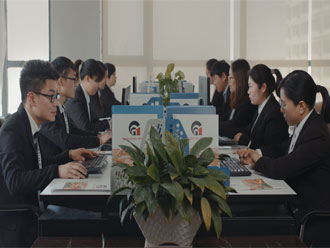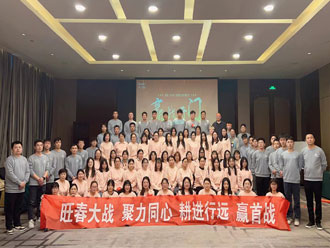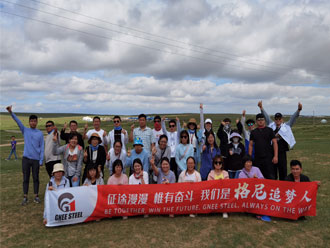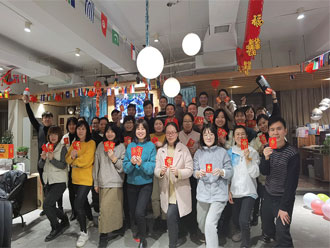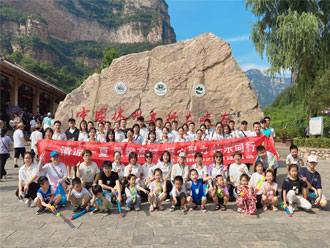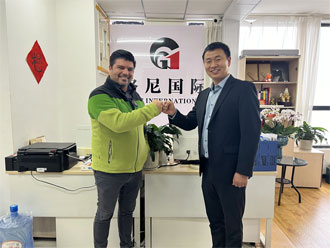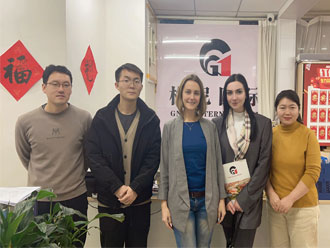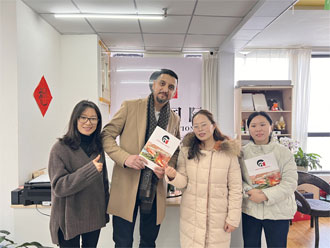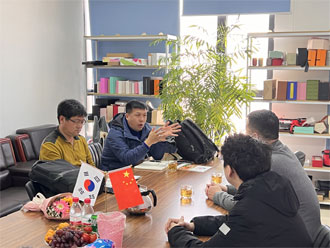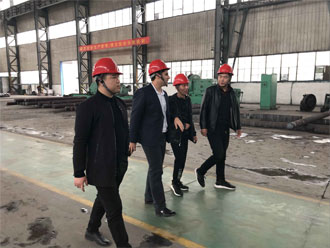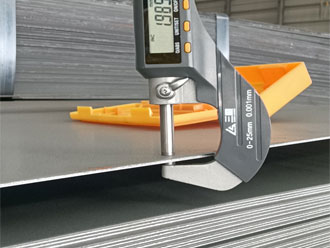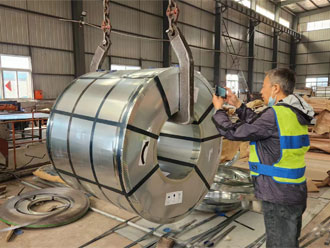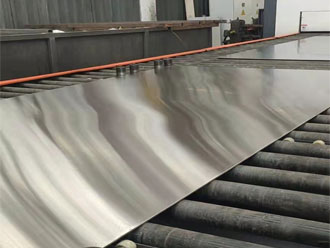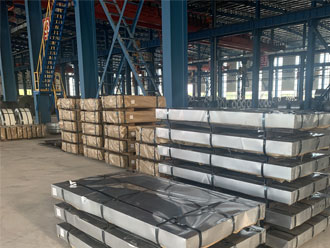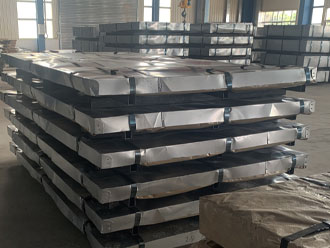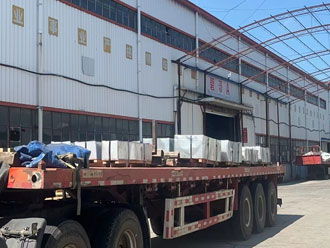
.jpg)

.jpg)

.jpg)

.jpg)
317 stainless steel, also known as UNS S31700 and Grade 317, is primarily comprised of 18% to 20% chromium and 11% to 15% nickel along with trace amounts of carbon, phosphorus, sulfur, silicon and balanced with iron.UNS S31700/S31703 commonly known as Stainless Steel 317/317L Dual Certified is the low carbon content version of Stainless Steel 317 for welded structures.
Features and advantages of both Stainless Steel 317 and 317/317L Dual Certified include increased strength, corrosion resistance (including crevice and pitting), higher tensile strength and a higher stress-to-rupture ratio. Both grades resist pitting in acetic and phosphoric acids. With respect to cold working of Stainless Steel 317 and 317/317L Dual Certified, stamping, shearing, drawing and heading can all be successfully performed. In addition, annealing can be performed on both grades between 1850 F and 2050 F, followed by rapid cooling. Furthermore, all common hot working methods are possible with Stainless Steel 317 and 317/317L Dual Certified, between 2100 F and 2300 F.
Subcategory: Metal; Stainless Steel; T 300 Series Stainless Steel
Key Words: Plate, sheet, and tube spec is ASTM A-240
Chemical Composition
| C | Cr | Mn | Mo | Ni | P | S | Si |
| Max | – | Max | – | – | Max | Max | Max |
| 0.035 | 18.0 – 20.0 | 2.0 | 3.0 – 4.0 | 11.0 – 15.0 | 0.04 | 0.03 | 0.75 |
|
Ultimate Tensile Strength, ksi Minimum |
.2% Yield Strength, ksi Minimum |
Elongation Percent |
Hardness Max. |
|
75 |
30 |
35 |
217 Brinell |
317L is readily welded by a full range of conventional welding procedures (except oxyacetylene). AWS E317L/ER317L filler metal or austenitic, low carbon filler metals with molybdenum content higher than that of 317L, or a nickel-base filler metal with sufficient chromium and molybdenum content to exceed the corrosion resistance of 317L should be used to weld 317L steel.

